1. Easing PTSD in Veterans: The Calming Presence
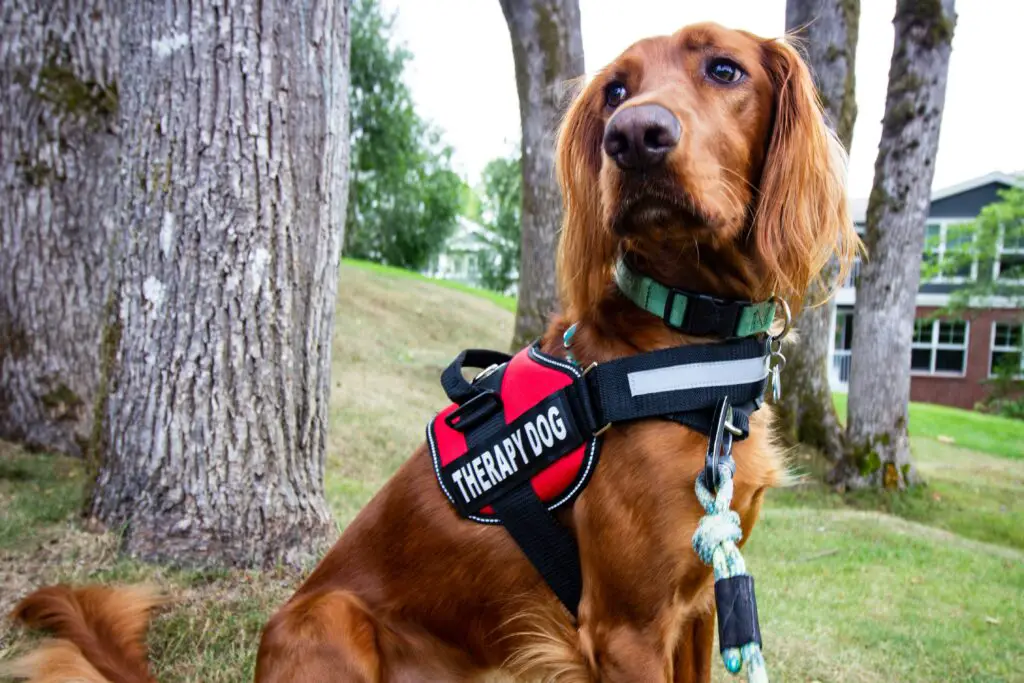
For veterans returning from combat, the invisible wounds of PTSD can be just as debilitating as physical injuries. Anxiety, hypervigilance, and flashbacks can make it difficult to reintegrate into civilian life. Therapy animals, particularly dogs, offer a calming presence, providing a sense of security and reducing anxiety. Their non-judgmental nature creates a safe space for veterans to process their trauma and begin the healing journey. A study published in JAMA Network Open found that veterans partnered with service dogs experienced lower PTSD symptom severity, anxiety, and depression after three months compared to those receiving usual care alone. These animals offer unconditional love and support, helping veterans to feel less isolated and more connected to the world around them.
The simple act of petting a dog can lower blood pressure and release endorphins, promoting a sense of calm and well-being. The bond between a veteran and their therapy dog can be incredibly powerful, offering a sense of purpose and companionship. These dogs are trained to recognize signs of distress and provide comfort, helping veterans to manage their symptoms and regain control of their lives. They are more than just pets; they are lifelines, helping veterans to navigate the challenges of PTSD and find peace.
2. Supporting Children with Autism: Bridging the Gap
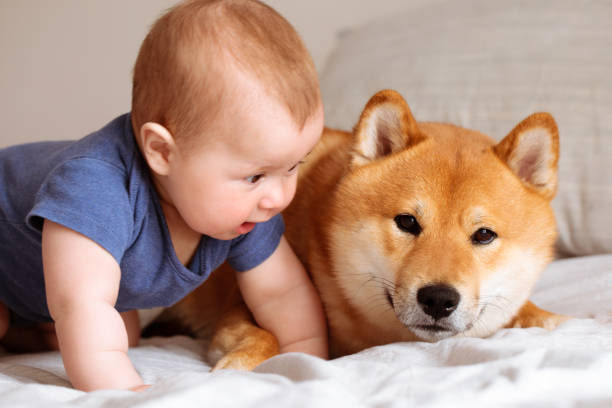
Children with autism spectrum disorder often face challenges with social interaction and communication. Therapy animals can help bridge this gap, providing a non-threatening and accepting companion. According to a study published by Abtaba, animal-assisted therapy (AAT) has been shown to improve communication skills and foster social interactions among children with autism. The presence of an animal can reduce anxiety and create a sense of connection, making it easier for children to engage with others and develop social skills. These animals offer a bridge to the world, helping children with autism to build confidence and connect with others.
Interacting with a therapy animal can also help children with autism to develop sensory regulation skills. The gentle touch of an animal’s fur, the rhythmic sound of their heartbeat, can be calming and grounding. These sensory experiences can help children to regulate their emotions and reduce sensory overload. Therapy animals offer a unique form of support, helping children with autism to thrive and reach their full potential.
3. Improving Mobility and Balance: The Power of Play

For both veterans with physical injuries and children with developmental delays, therapy animals can play a crucial role in improving mobility and balance. Activities like walking, playing fetch, or even grooming an animal can help to strengthen muscles, improve coordination, and increase range of motion. The research of Happy Paws indicates that activities involving therapy animals help improve coordination and increase range of motion. The playful interaction with an animal makes therapy more engaging and enjoyable, motivating individuals to participate actively in their recovery. These animals make therapy fun, turning rehabilitation into a playful adventure.
For veterans recovering from injuries sustained in combat, working with a therapy dog can provide a sense of purpose and motivation. The dog’s unwavering support can encourage veterans to push themselves further in their rehabilitation, knowing that their furry companion is by their side. For children with physical disabilities, interacting with a therapy animal can make exercise feel less like a chore and more like playtime. This playful approach to therapy can lead to significant improvements in physical function and overall well-being.
4. Boosting Emotional Well-being: Unconditional Love
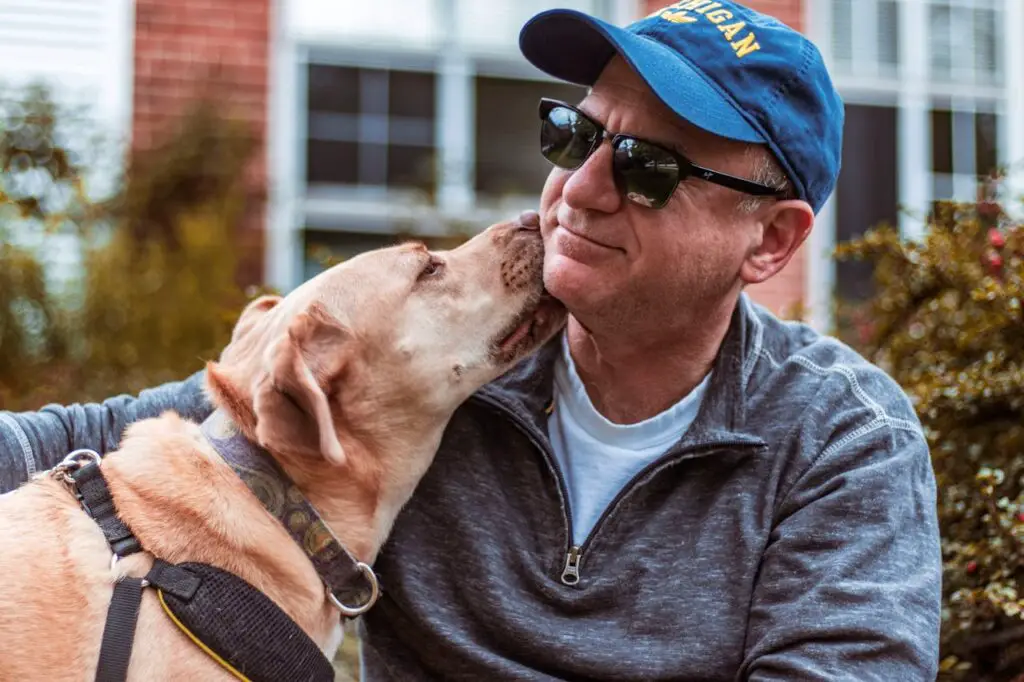
The unconditional love and acceptance offered by therapy animals can have a profound impact on emotional well-being. For veterans struggling with depression or anxiety, the companionship of a therapy animal can reduce feelings of loneliness and isolation. For children facing emotional challenges, such as trauma or grief, therapy animals can provide a source of comfort and support. According to a study from Thriving Center of Psychology, pet therapy has been shown to improve mental wellness by providing comfort and reducing stress levels. These animals offer a safe space for emotional expression, helping individuals to heal and find joy again.
The bond between a human and an animal is incredibly powerful, offering a sense of connection and belonging. Therapy animals provide a non-judgmental presence, allowing individuals to express their emotions without fear of criticism. This emotional support can be crucial for healing from past trauma and building resilience for the future. These animals offer a beacon of hope, reminding us of the power of love and connection.
5. Developing Social Skills: Building Bridges

Therapy animals can be instrumental in developing social skills, particularly for children and veterans who may struggle with social interaction. Interacting with an animal can provide a safe and comfortable environment for practicing social skills, such as making eye contact, initiating conversation, and building relationships. According to research published in Frontiers in Psychology, animal-assisted therapy can significantly enhance social interactions and improve communication skills among participants. These animals act as social catalysts, helping individuals to connect with others and build confidence in social situations.
For children with social anxiety, interacting with a therapy animal can be a stepping stone towards building relationships with peers. The animal’s friendly and approachable nature can make it easier for children to interact with others, reducing feelings of shyness and self-consciousness. For veterans struggling with social reintegration after deployment, working with a therapy animal can provide a sense of connection and support, making it easier to rebuild relationships with family and friends. These animals help us to connect with each other, fostering empathy and understanding.
6. Improving Communication Skills: Finding Their Voice
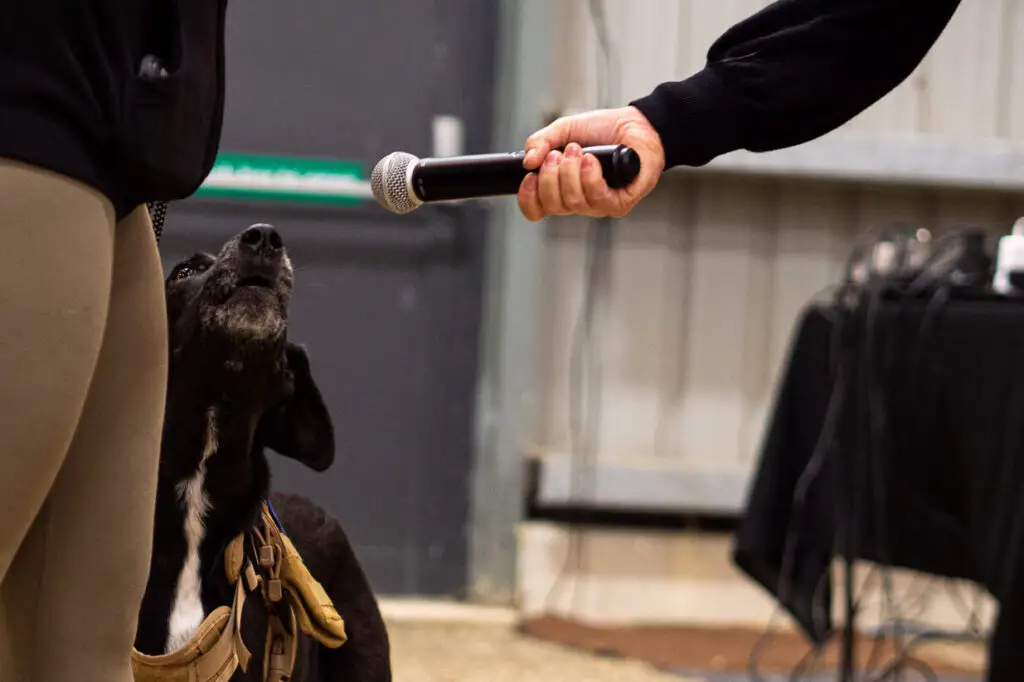
For children with communication difficulties, such as those with autism or speech delays, therapy animals can provide a unique avenue for communication. The non-verbal communication between humans and animals can be incredibly powerful, helping children to express themselves in new ways. Interacting with an animal can encourage children to use gestures, facial expressions, and vocalizations to communicate their needs and desires. These animals help children find their voice, empowering them to express themselves with confidence.
For veterans who have experienced trauma, talking about their experiences can be difficult. According to research published by Walden University, interactions with therapy dogs have been shown to increase social communication skills among children with autism spectrum disorder (ASD). The presence of a therapy animal can create a safe and non-judgmental space for veterans to share their stories, helping them to process their trauma and begin the healing process. These animals listen without judgment, providing a sense of comfort and support. They are silent companions, offering a space for reflection and healing.
7. Reducing Anxiety and Stress: A Calming Influence

The presence of a therapy animal has been shown to reduce anxiety and stress levels in both veterans and children. The simple act of petting an animal can lower cortisol levels, the hormone associated with stress. According to a study published in Medical News Today, petting an animal triggers the release of oxytocin, which promotes bonding and reduces feelings of loneliness. Interacting with a therapy animal can also promote the release of endorphins, which have mood-boosting effects. These animals offer a natural form of stress relief, helping individuals to feel calmer and more grounded.
For veterans struggling with anxiety or PTSD, the calming presence of a therapy animal can be incredibly beneficial. The animal’s gentle demeanor and unwavering support can help to reduce feelings of hypervigilance and anxiety. For children facing stressful situations, such as medical procedures or school exams, interacting with a therapy animal can provide a sense of comfort and reduce feelings of fear. These animals are a source of peace, offering a refuge from the stresses of daily life.
8. Increasing Self-Esteem: Building Confidence
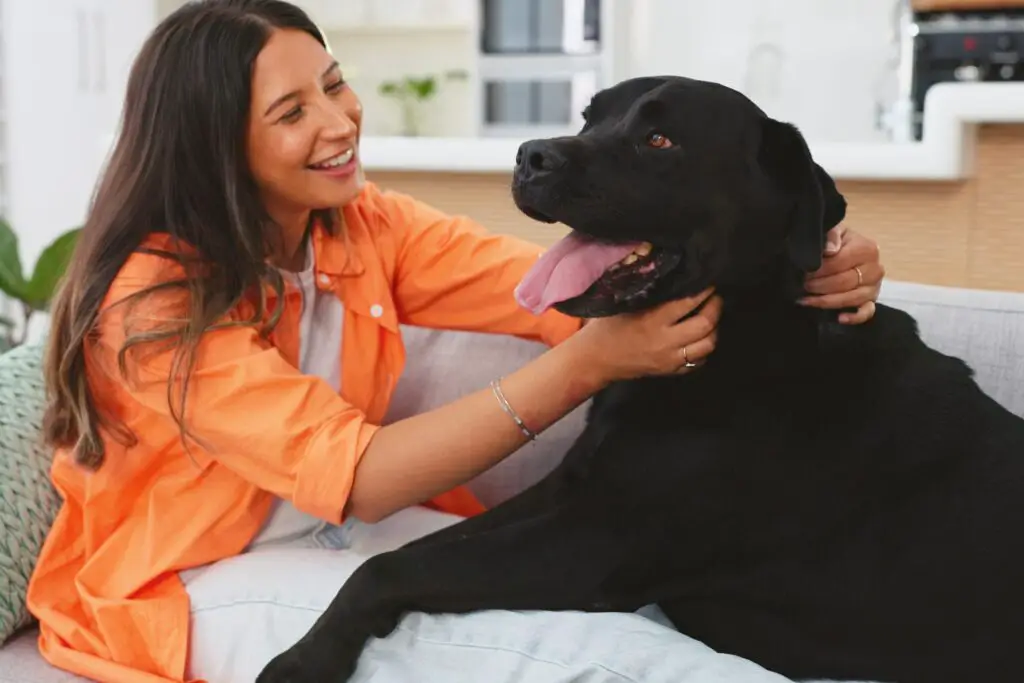
Therapy animals can play a significant role in increasing self-esteem in both veterans and children. The unconditional love and acceptance offered by these animals can help individuals feel more confident and worthy. Interacting with a therapy animal can also provide a sense of accomplishment as individuals learn to care for and train their animal companions. These animals help us to believe in ourselves, fostering a sense of self-worth and resilience.
For veterans who may be struggling with feelings of inadequacy or worthlessness, the bond with a therapy animal can be transformative. Caring for and training a dog can provide a sense of purpose and accomplishment, helping veterans to rebuild their self-esteem and confidence. For children who may be struggling with social or academic challenges, interacting with a therapy animal can provide a sense of acceptance and support, helping them to feel more confident in their abilities. These animals are a source of empowerment, helping us to recognize our own strengths and potential.
9. Providing Distraction from Pain: A Welcome Relief
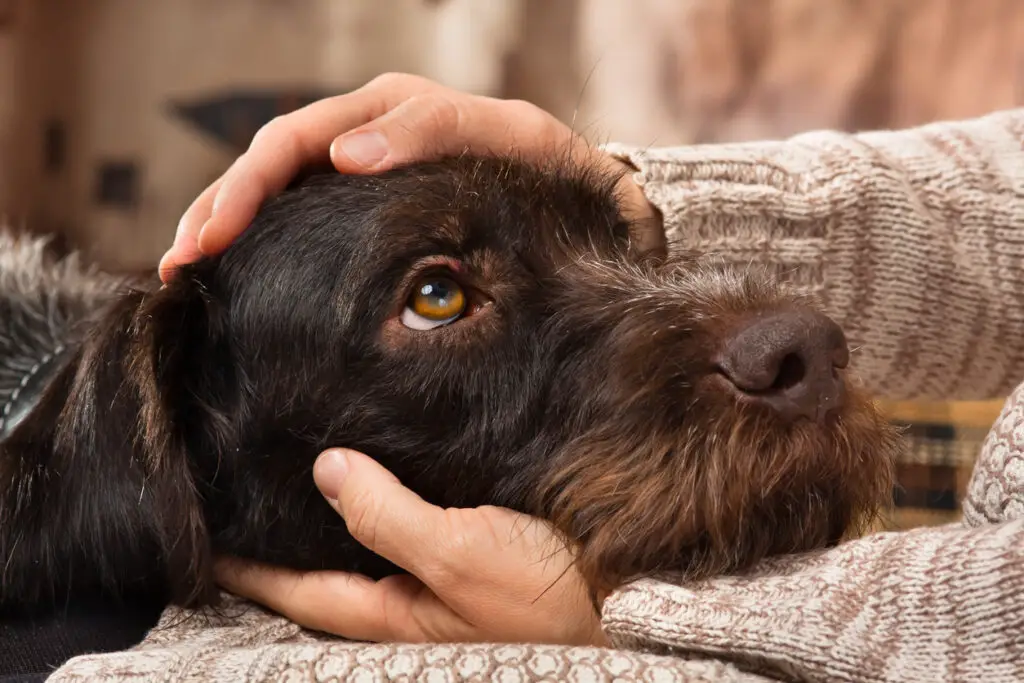
For individuals experiencing chronic pain, therapy animals can provide a welcome distraction. Focusing on the animal’s needs, playing with them, or simply petting them can help to shift attention away from pain and discomfort. This distraction can be particularly helpful for veterans recovering from injuries or children managing chronic illnesses. These animals offer a respite from pain, providing a moment of joy and connection.
Interacting with a therapy animal can also promote the release of endorphins, which have natural pain-relieving properties. The combination of distraction and endorphin release can help to reduce the perception of pain and improve overall well-being. These animals offer a natural form of pain management, helping individuals to cope with chronic pain and improve their quality of life. They are a source of comfort and relief, offering a moment of respite from physical suffering.
10. Fostering Empathy and Compassion: Learning to Care

Interacting with therapy animals can foster empathy and compassion in both veterans and children. Caring for an animal teaches individuals about responsibility, nurturing, and the importance of respecting all living beings. This experience can help to develop empathy and compassion towards others, both human and animal. These animals teach us about caring, fostering a sense of responsibility and compassion for all living things.
For veterans who may be struggling with anger or emotional numbness, interacting with a therapy animal can help to reawaken feelings of empathy and compassion. Caring for an animal can provide a sense of purpose and connection, helping veterans to reconnect with their emotions and rebuild relationships. For children, interacting with a therapy animal can teach valuable lessons about empathy, compassion, and respect for all living things. These animals are teachers, guiding us towards a more compassionate and understanding world.


